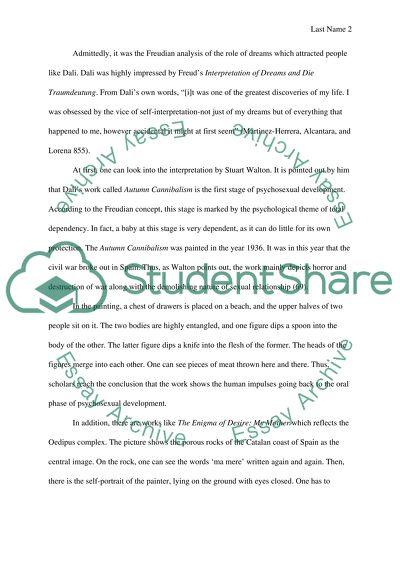Cite this document
(“The Influence of Salvador Dali to Modern Art Research Paper”, n.d.)
Retrieved from https://studentshare.org/visual-arts-film-studies/1458336-the-influence-of-salvador-dali-to-modern-art
Retrieved from https://studentshare.org/visual-arts-film-studies/1458336-the-influence-of-salvador-dali-to-modern-art
(The Influence of Salvador Dali to Modern Art Research Paper)
https://studentshare.org/visual-arts-film-studies/1458336-the-influence-of-salvador-dali-to-modern-art.
https://studentshare.org/visual-arts-film-studies/1458336-the-influence-of-salvador-dali-to-modern-art.
“The Influence of Salvador Dali to Modern Art Research Paper”, n.d. https://studentshare.org/visual-arts-film-studies/1458336-the-influence-of-salvador-dali-to-modern-art.


